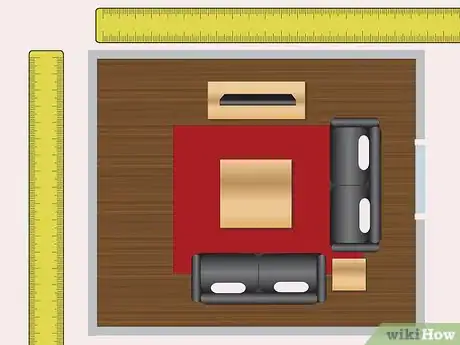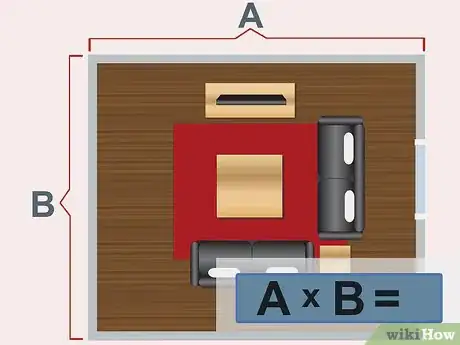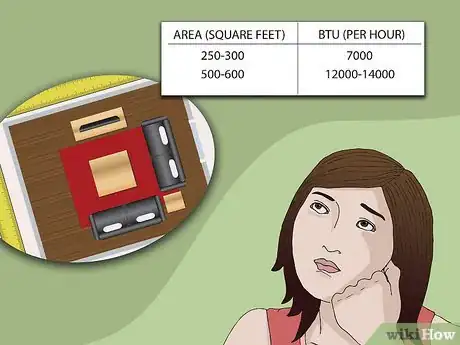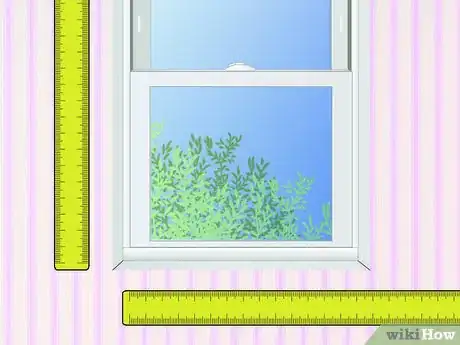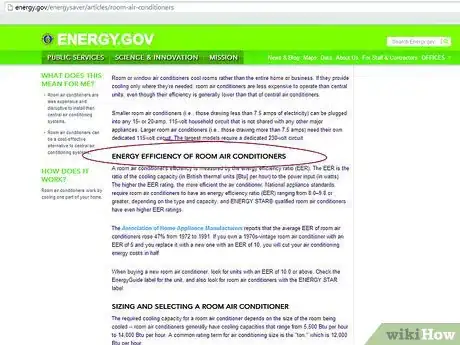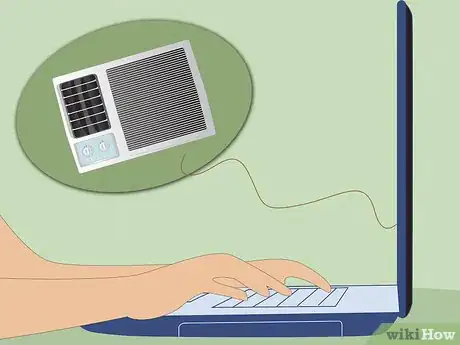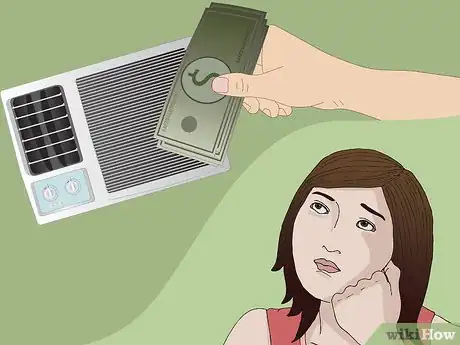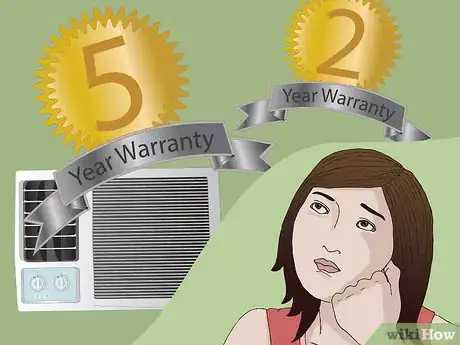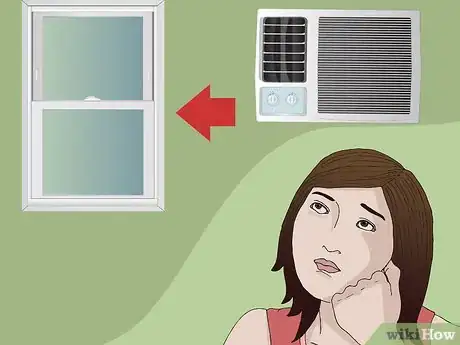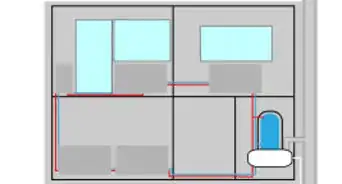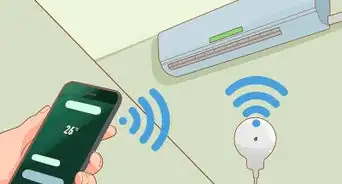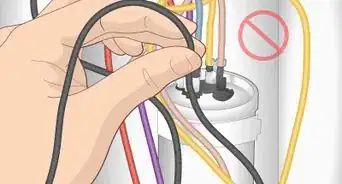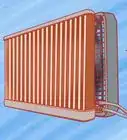X
wikiHow is a “wiki,” similar to Wikipedia, which means that many of our articles are co-written by multiple authors. To create this article, volunteer authors worked to edit and improve it over time.
This article has been viewed 34,584 times.
Learn more...
For many people without central heating and air, the solution to staying cool in the heat of summer is to buy a window air conditioner. But which one to buy? This article can help you determine the answer to this question.
Steps
-
1Decide which window is the best window for the installation. It should be a double-hung window located near the center of the wall rather than to one side.
- You’ll also want to figure the distance to the nearest electrical outlet and determine whether other items share the same circuit.
- Consider whether the room is self-contained with a door that closes or part of a larger area. Window air conditioners work better for small areas. If you need to cool a large area that makes up your living room, dining area and kitchen, make sure you consider the entire space, as well as the height of the ceiling.
-
2Measure the square footage of the room.
- If it’s a simple rectangular room, this is easy. Measure the long wall and the wall adjacent to it. Multiply the two measurements to get the square footage.
- For a more complicated area, draw a rough diagram. Divide the area into squares and rectangles. Measure the sides of these and multiply to determine the size of each. Add each section to get the total.
Advertisement -
3Determine the BTU rating you'll need.
- A small 8 x 8 foot room would need a window air conditioner rated at 5,000 BTUs.
- A room that measures 250 to 300 square feet needs one with a rating of 7,000 BTUs.
- A large area measuring 500 to 600 square feet should have an air conditioner rated at 12,000 to 14,000 BTUs.
-
4Measure the window. Keep the measurements with you when you go to the store to make sure you don't buy one that won't fit in your window.
-
5Learn about energy efficiency. Air Conditioners have Energy Efficiency Ratios (EER), which equal the BTU rating divided by the wattage. A higher number means better energy efficiency, but it will generally come with a higher cost.
-
6Research model options. Some models offer different features that you may want. Before you buy a window air conditioner, you may want to consider whether this style is the best ones for your needs.
- Models with a thermostat allow you to adjust the level of cooling, which can make the unit more effective.
- A fan speed can help you adjust the speed of the air. If you want to consider an option with a fan, also look to see whether you can adjust the louvers directing the flow of air.
- Filters can help clean the air pulled in by the window unit. You may want to find out where the filter is and determine how easy it will be to clean.
- If possible, determine the noise produced by the unit during operation.
-
7Set a budget. Determine how much you're willing to spend and factor in operating costs. Decide whether you can wait until the end of the season to get one on sale or whether you need it sooner.
-
8Get information on warranties. Compare warranties of different models you are considering. Does the store offer a service plan? Where would you have to take it for repairs?
-
9Think about unit installation and delivery. This may help you decide between one store and another. If you will need help installing it, find out how much the store charges for the service.
-
10Look at product ratings online. Consumer websites test and rate appliances such as window air conditioners.
Advertisement
About This Article
Advertisement


